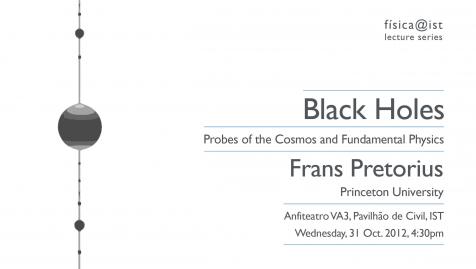N.B.: Per la comprensione di questo post è consigliata la lettura del post sul moto browniano che puoi trovare a questo link alla voce "che cos'è il moto browniano?".
 |
| "Costruire" la Meccanica Quantistica. |
La storia della
meccanica quantistica è ricca di importanti controversie e di interessanti paradossi, incentrati principalmente sul problema della misura. Approssimativamente parlando, le controversie si suddividono in due classi. Alla prima appartiene la controversia sorta tra coloro che erano d'accordo o in disaccordo con l'
interpretazione di Copenaghen della meccanica quantistica. La tipica e più famosa polemica di questo genere fu quella tra
A. Einstein e
N. Bohr. La seconda si interessa del problema se la
“riduzione del pacchetto d'onde” causata dalla misura possa essere o no essere descritta dalla meccanica quantistica stessa.
Einstein presentò con
B. Podolsky e
N. Rosen un paradosso, il famoso
paradosso EPR che mette in luce il fatto che la meccanica quantistica a causa del collasso della funzione d'onda contiene una correlazione a distanza non locale "assurda".
La misura su un sistema I (si parte da un sistema che viene poi separato in due sottosistemi I e II) non perturba mai II (in quanto II è lontano da I), cosicché si possono ottenere informazioni su II senza alcun tipo di perturbazione. Il
paradosso EPR vale nell'ipotesi che le misure su I non disturbino affatto II, posto lontano da I.
Bohr affermava, tuttavia, che l'ipotesi non era valida, in quanto un sistema correlato non deve essere considerato separabile, e quindi una misura su I deve agire sull'intero sistema, compreso II. Questo carattere della meccanica quantistica è chiamato
“non-separabilità”. La non-separabilità o la correlazione non-locale a lunga distanza appare sempre, dovunque la meccanica quantistica manifesti il suo carattere essenziale. É assai difficile capire, dal nostro punto di vista abituale o dal punto di vista classico, un tale carattere della meccanica quantistica.











